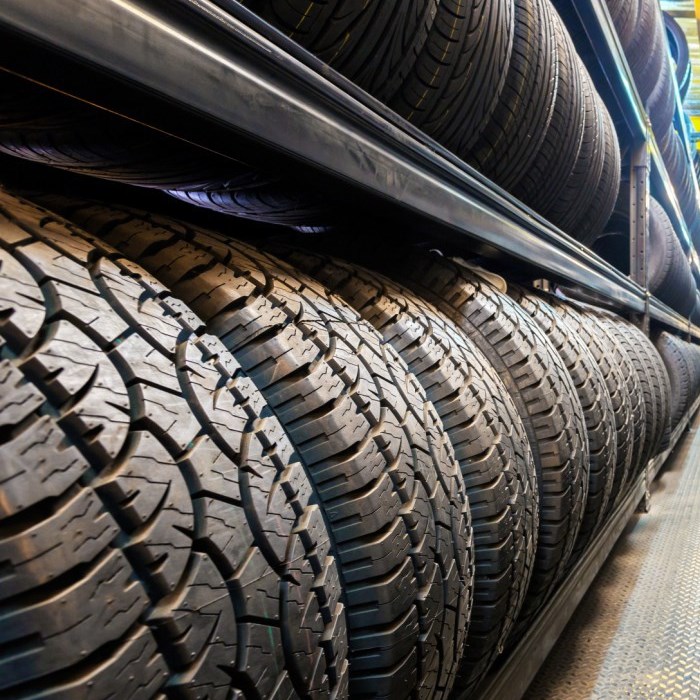Cars and Drivers
Is It Time for New Tires? AAA Weighs the Risks of Waiting Too Long

Published:
Last Updated:

The only parts of your car, pickup or sport utility vehicle that are supposed to touch the ground are the tires. Because these are your only connection to planet Earth while blasting down Thunder Road (or just going to the store), it makes sense to ensure that the connection is solid.
Travel experts at AAA recommend that a vehicle’s tires have a tread depth of at least 4/32″. That’s double both the industry standard and the applicable laws/regulations requirement of 2/32″, but there’s a good reason for that: worn tires just aren’t as good as new tires for stopping a car.
Even with 4/32″ of tread, the average stopping distance for a passenger car increases by 43% (about 87 feet) over new tires on a wet road. That means that a Toyota Camry decelerating from 60 miles per hour on worn (4/32″ tread remaining) tires will still be traveling at 39 mph at the point at which new tires would have helped bring the car to a full stop.
In wet conditions, tires can completely lose contact with the road and skid, also known as hydroplaning. The depth of a tire’s tread plays a significant role: the lower the tread depth, the more likely a car will hydroplane. AAA recommends the following precautions on rain-soaked roads:
AAA recommends that drivers check their tires’ tread depth by using a quarter. Insert the quarter with the top of George Washington’s head pointing down into the tire tread. If the top of his head disappears, the tire tread is at least 4/32″ deep. If not, it’s time to think about replacing the tires.
The good news about new tires is that less expensive tires perform just as well as expensive ones. Here’s what AAA’s report noted:
On average, new high-priced tires did not perform significantly better than new low-priced tires in terms of stopping distance on a wet road surface, maximum lateral acceleration on a wet road surface and [noise-vibration-handling] NVH characteristics. … A set of four higher priced tires cost, on average, $247.52 more for the Toyota Camry …
For the Camry, the average high-priced tire cost $152.60 and the average low-priced tire cost $90.72, a difference of nearly $62 per tire.
AAA also tested tires and stopping distances for a Ford F-150 pickup. A high-priced tire for an F-150 cost $183.35 and a low-priced tire cost $132.40 for an average difference of about $51 a tire, or $203.80 for a set of four.
Visit the AAA website for more details or to review the full report.
If you’re one of the over 4 Million Americans set to retire this year, you may want to pay attention.
Finding a financial advisor who puts your interest first can be the difference between a rich retirement and barely getting by, and today it’s easier than ever. SmartAsset’s free tool matches you with up to three fiduciary financial advisors that serve your area in minutes. Each advisor has been carefully vetted, and must act in your best interests. Start your search now.
Don’t waste another minute; get started right here and help your retirement dreams become a retirement reality.
Thank you for reading! Have some feedback for us?
Contact the 24/7 Wall St. editorial team.